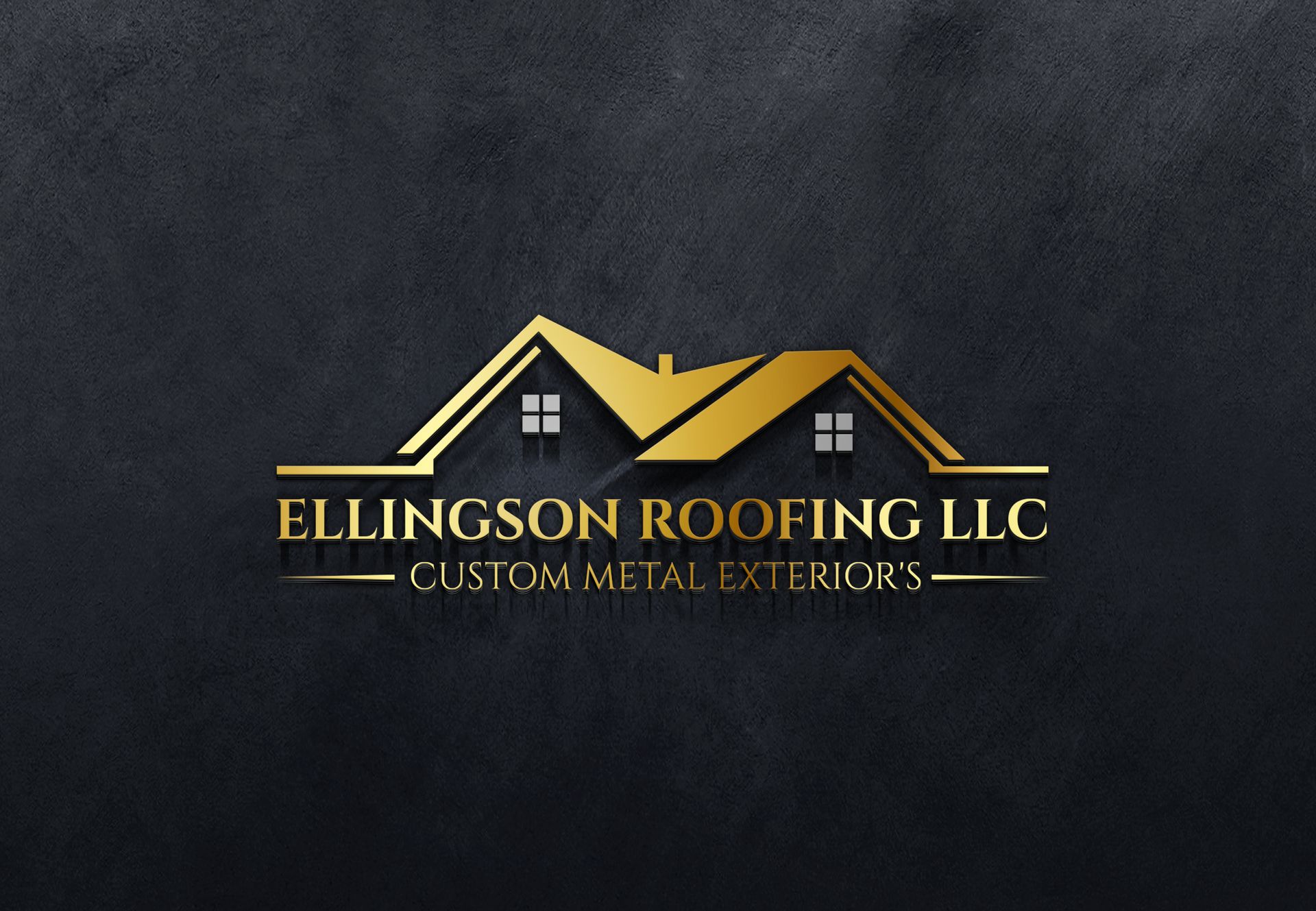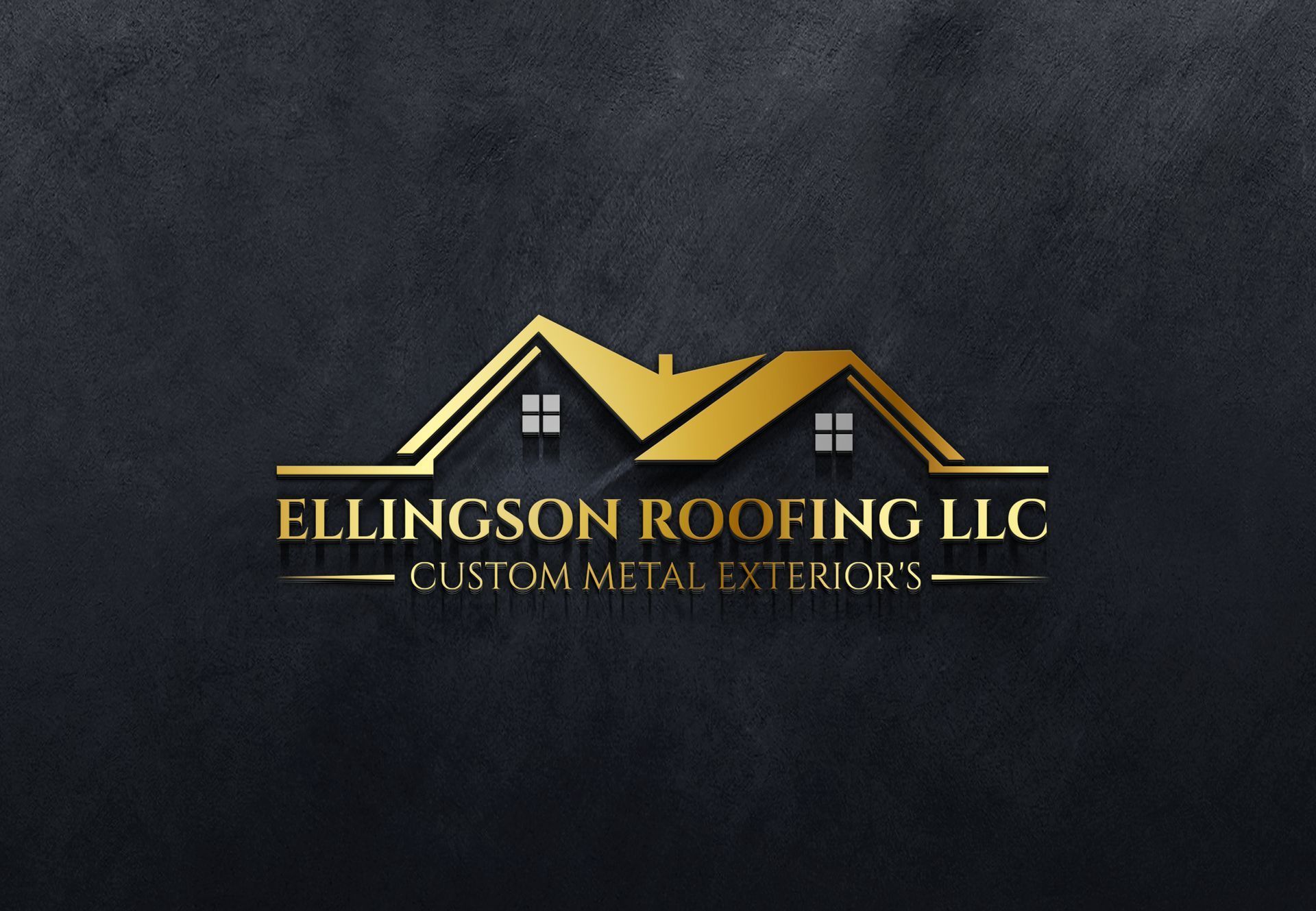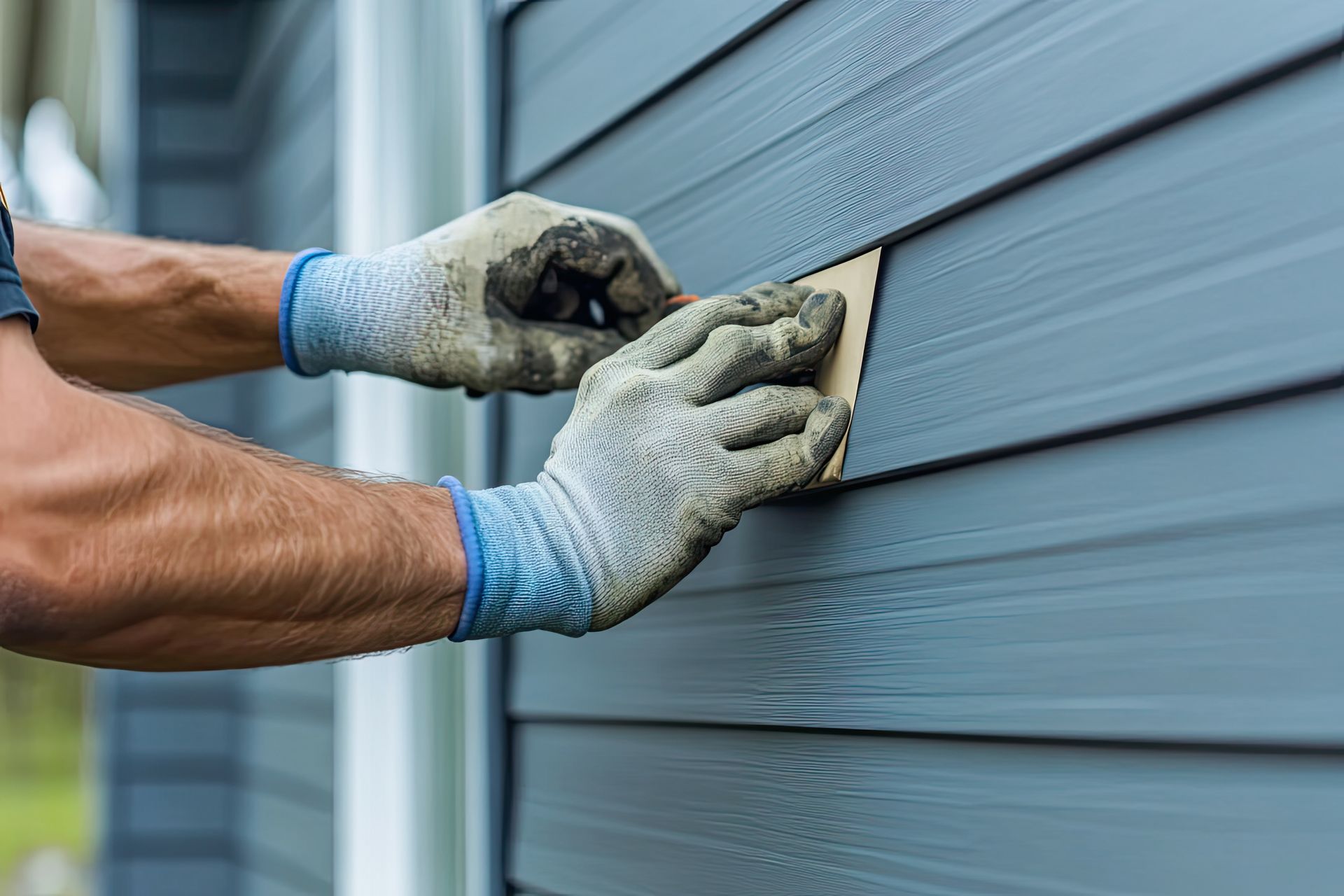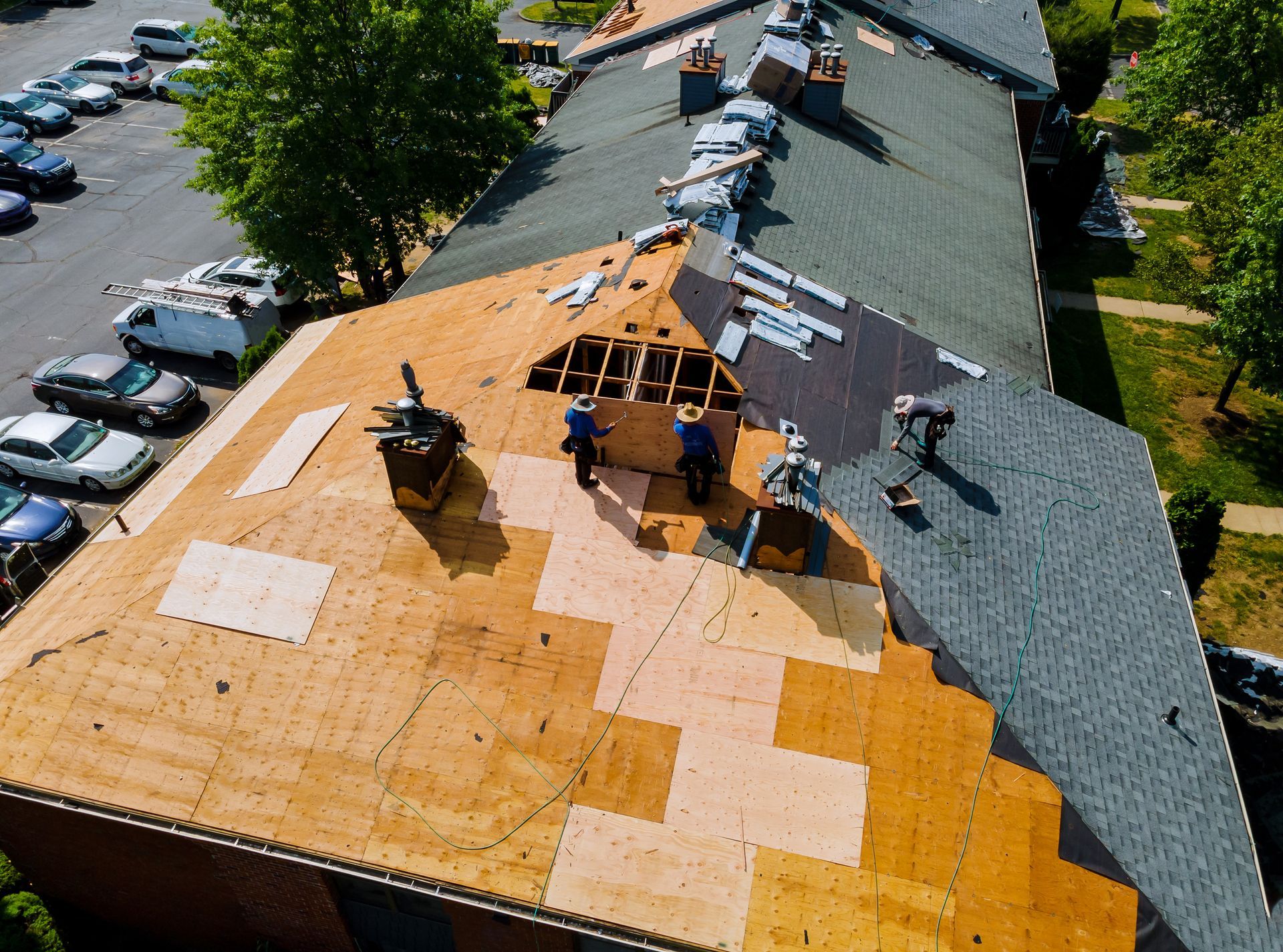DIY Roof Inspections: Expert Roofing Guide
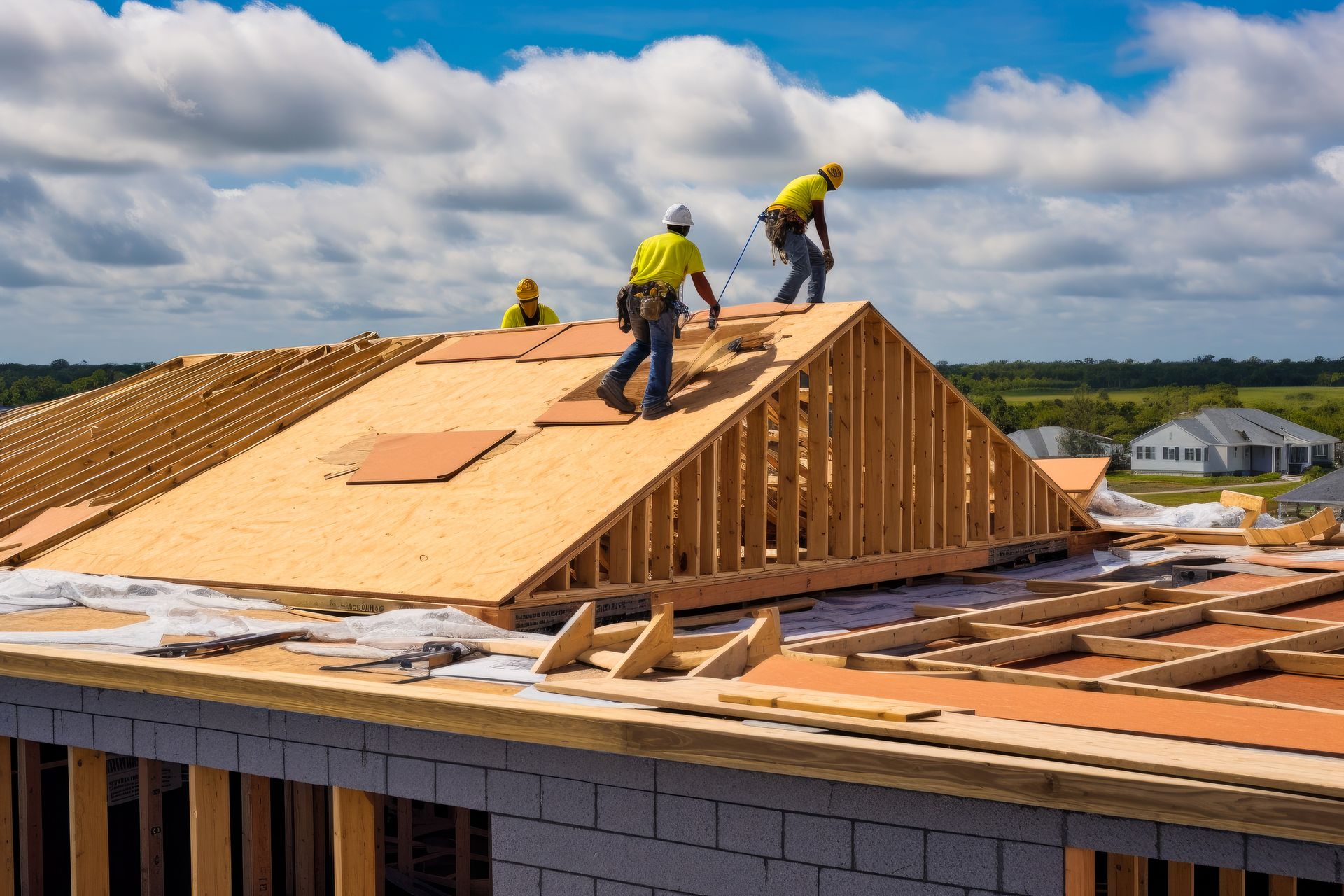
As homeowners in Montana, we know how the state's rugged weather conditions can take a toll on our homes. From heavy snowfalls in the winter to unpredictable storms in the summer, Montana’s climate can create unique challenges for your roof. While professional roof inspections are crucial for long-term maintenance, conducting a DIY roof inspection between professional visits can help catch small issues before they turn into expensive repairs. At Ellingson Roofing LLC, we encourage homeowners to become proactive about their roofing Montana maintenance. This guide will walk you through how to safely perform a DIY roof inspection in Montana, ensuring your roof stays in top condition.
Why DIY Roof Inspections Matter
The roof is one of the most critical components of your home, protecting it from harsh weather, pests, and other external threats. A regular roof inspection can help detect early signs of wear and tear, allowing you to address them before they lead to major structural issues or leaks. While hiring a professional for an annual inspection is always recommended, conducting your own inspection once or twice a year can save you time and money in the long run.
For Montana homeowners, regular inspections are especially important. The region's fluctuating temperatures, snow accumulation, and strong winds can cause issues like ice dams, cracked shingles, or sagging roofs. By understanding what to look for, you can mitigate these risks before they escalate into significant damage.
Essential Tools For A DIY Roof Inspection
Before you start your roof inspection, gather the following tools to ensure a thorough and safe assessment:
- Ladder: Ensure you have a sturdy ladder that extends at least three feet above the roof's edge.
- Binoculars: Useful for inspecting hard-to-reach areas without climbing up on the roof.
- Roofing boots or shoes: Wear shoes with good traction to avoid slipping.
- Flashlight: Ideal for checking the attic for signs of moisture or leaks.
- Chalk or marker: For marking areas that may need attention.
- Camera or smartphone: Take pictures of any damage you find for documentation.
- Gloves: Protect your hands when handling debris or checking materials.
Safety First: Roof Inspection Precautions
Before you head up to your roof, it’s essential to prioritize safety. Working on a roof can be dangerous, especially if you’re inexperienced. Here are a few tips to ensure your safety:
- Check the Weather: Always inspect your roof on a clear, dry day. Wet or icy roofs are extremely hazardous.
- Buddy System: If possible, have someone with you while you're on the roof. They can hold the ladder steady and assist in an emergency.
- Footwear: Wear shoes with non-slip soles to reduce the risk of slipping.
- Ladder Placement: Ensure your ladder is on solid, level ground, and always maintain three points of contact while climbing.
If at any point you feel uncomfortable or unsafe, it’s best to leave the inspection to professionals like the team at Ellingson Roofing LLC.
What To Look For During A DIY Roof Inspection
Here’s a step-by-step guide to inspecting your roof. We’ll cover both the exterior and interior areas that you should pay close attention to.
Shingles And Roofing Material
Start by inspecting the shingles, tiles, or metal panels that make up your roof's surface. Common issues include:
- Missing or Loose Shingles: High winds and storms in Montana can dislodge shingles. Look for any that are missing, cracked, or curling. These are often the first signs of weather damage.
- Granule Loss: If your roof is made of asphalt shingles, check for excessive granule loss. Granules protect the shingles from UV rays, and their loss may indicate aging or wear.
- Cracks or Dents: If you have a metal or tile roof, check for dents or cracks that can lead to leaks.
Flashing And Seals
Flashing refers to the metal pieces that are installed around chimneys, skylights, vents, and other protrusions. Flashing is crucial in preventing water from entering your home. Look for:
- Rust or Corrosion: Metal flashing can rust over time, especially in Montana's cold winters.
- Loose or Missing Flashing: Inspect the edges of the flashing for any gaps or loose areas where water could seep in.
- Worn Seals: Around chimneys and vents, the sealant can degrade, so check for cracks or gaps.
Gutters And Downspouts
Your gutters and downspouts play an essential role in directing water away from your roof and foundation. During your DIY roof inspection, check for:
- Clogs: Leaves, twigs, and other debris can block your gutters, leading to water buildup and potential roof leaks.
- Sagging or Detached Gutters: Ensure your gutters are securely attached to the roofline. Sagging gutters may indicate excessive weight from debris or a need for repair.
- Water Stains: Look for water stains or discoloration along your gutters, which may indicate leakage or poor drainage.
Roof Valleys And Low Spots
Roof valleys are where two roof planes meet and are particularly prone to leaks because they handle more water runoff. Similarly, low spots on your roof can collect water, increasing the risk of damage.
- Check for Debris: Roof valleys often collect leaves, branches, and dirt. Clean them out to prevent water accumulation.
- Look for Signs of Wear: Since valleys handle more water flow, they tend to wear out faster. Look for cracked or worn-out materials.
Chimney And Vents
If your home has a chimney, vent, or skylight, inspect them closely for potential issues.
- Cracked Masonry: On chimneys, check for cracked or deteriorating brickwork, which can allow water to seep into your home.
- Vent Covers: Ensure all vent covers are secure and free from damage. Animals or debris can sometimes clog vents, reducing airflow and causing moisture buildup in the attic.
Inspecting The Attic
After examining the exterior, it’s important to head indoors and inspect the attic. This area can reveal hidden signs of roof damage that aren’t visible from the outside.
Check For Leaks Or Moisture
Look for any signs of water stains, mold, or mildew on the attic’s ceiling and insulation. These can indicate roof leaks, even if no visible damage is present on the exterior.
Ventilation
Proper attic ventilation helps prevent moisture buildup and extends the life of your roof. Check that all vents are unobstructed and functioning properly.
Structural Damage
While you're in the attic, inspect the roof decking and beams for signs of sagging or warping, which may suggest that the roof structure has been compromised.
When To Call Ellingson Roofing LLC
While a DIY roof inspection can help identify minor issues, some problems require the expertise of a professional. If you notice any of the following, it’s time to call the professionals at Ellingson Roofing LLC for a more in-depth inspection: Visit Top-Notch Roofing Services By Ellingson Roofing LLC to learn more.
- Widespread Shingle Damage: If a large portion of your roof is missing shingles or shows signs of wear, it may need a more extensive repair or replacement.
- Persistent Leaks: If you find signs of a leak that continues after a storm or heavy rain, it’s crucial to get it checked before it leads to further damage.
- Sagging Roof: Any signs of a sagging roof indicate structural issues that should be addressed immediately.
- Extensive Mold Growth: Mold, mildew, or persistent moisture in the attic can indicate a ventilation issue that requires professional attention.
The Benefits Of Regular Roof Inspections
Regular inspections, whether DIY or professional, offer numerous benefits for Montana homeowners:
- Prevent Costly Repairs: Catching small issues early can prevent larger, more expensive problems down the line.
- Extend Roof Lifespan: Routine maintenance and early intervention can extend the life of your roof.
- Maintain Home Value: A well-maintained roof enhances the overall value and appeal of your home.
Conclusion
At Ellingson Roofing LLC, we understand the unique roofing needs of Montana homeowners. From the harsh winters to the scorching summers, we’re here to ensure your roof is built to withstand it all. While DIY inspections are a great way to stay proactive, our team is always ready to help with professional inspections, repairs, and replacements.
If you’re unsure about your roof’s condition or need expert advice, don’t hesitate to contact us. Let our experienced team provide peace of mind that your roof is in the best shape possible.
SERVICE AREAS
MONTANA
Kalispell, MT - Missoula, MT
Great Falls, MT - Butte, MT
Shelby, MT - Bozeman, MT
Big Sky, MT - Belgrade, MT
Anaconda, MT - Helena, MT
GEORGIA
Fayetteville, GA - Peachtree City, GA
Whitewater, GA - Fairburn, GA
CONTACT
© Ellingson Roofing LLC 2024 All Rights Reserved - Proudly Created with Bozeman SEO Pro & Ellingson SEO

